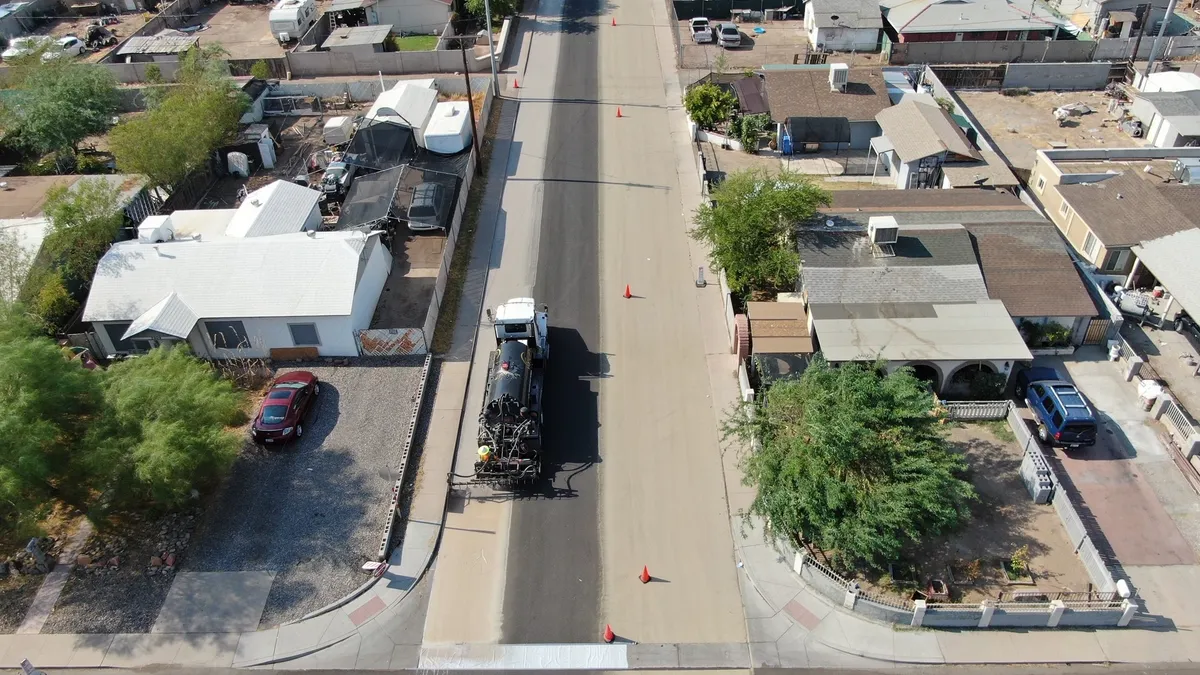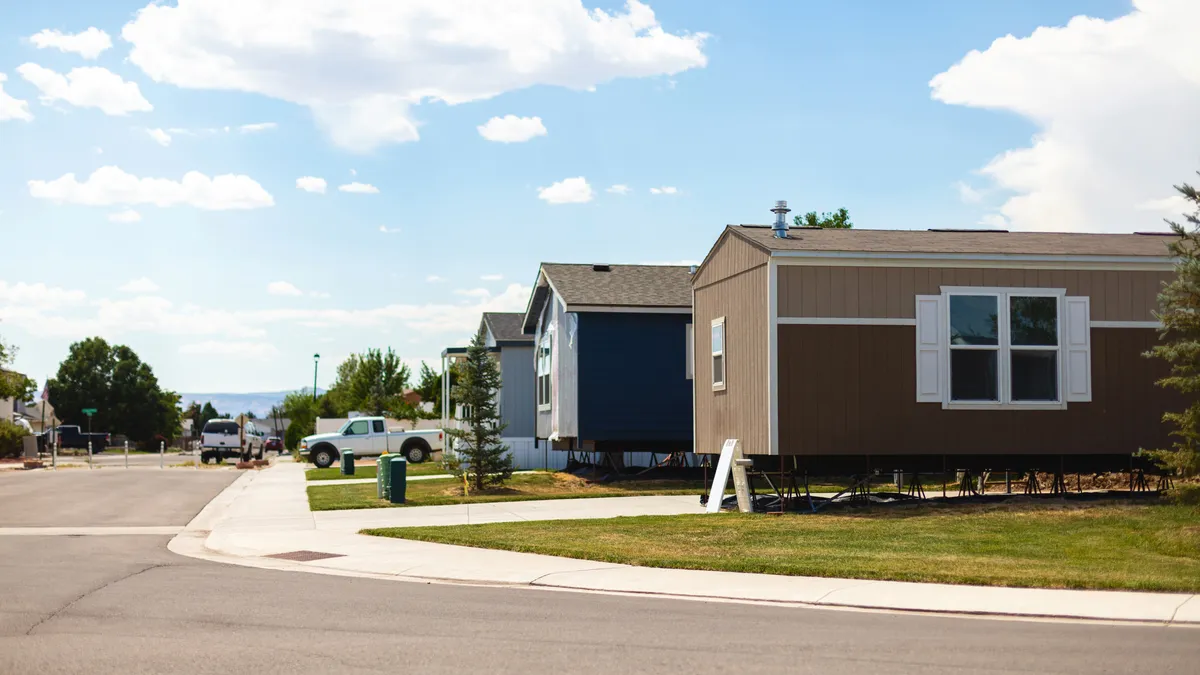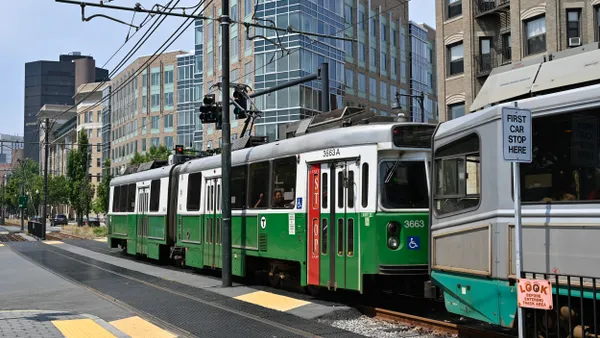Dive Brief:
- The British government is calling for evidence and ideas on how the United Kingdom can better use light rail and other forms of mass transit, what the benefits would be to the environment, economy and congestion, and potential challenges associated with it.
- The UK’s Department for Transport says it is issuing the call for evidence — similar to a request for information (RFI) in the U.S. — due to "rapid shifts" in mobility, including cycling and car-sharing. It notes there are currently eight light rail systems in operation in the country.
- “The time is now right for us to consider how light rail, or similar rapid transit systems, could be incorporated into the transport networks in our towns and cities in the future, and how they will help to complement and integrate new modes and trends,” Jesse Norman, Minister of State for the Department for Transport, wrote in a foreword on the call for evidence.
Dive Insight:
In this instance, light rail does not refer to the London Underground subway system, but instead refers to tram systems that typically operate above ground (except for the Tyne and Wear Metro in the Newcastle Upon Tyne region, which has some below-ground tracks). Light rail in the UK shares many similarities with the streetcar systems that are growing in popularity across the United States, and as in many things, London is a leader with two light rail systems augmenting its Underground system: the Docklands Light Railway and London Tramlink. Other cities such as Birmingham, Manchester, Nottingham and Sheffield are also served by such systems.
But while much of London has embraced transit, some catch-up is needed in other parts of the country, which may have a limited bus service and a high dependency on personal vehicle ownership. Meanwhile, ride-hailing like Uber is gathering popularity in London after a difficult recent past, but it has yet to expand nationwide beyond a few other major cities like Manchester.
Cities in the United Kingdom continue to grow apace in terms of population, and there have been some innovative solutions to improve transportation, albeit dogged by budget over-runs and public criticism. That includes the likes of the Edinburgh Trams, which saw costs spiral amid construction issues and delays, but since then has exceeded ridership targets and begun turning a profit for the city. This request for evidence should help shine a light on where there are shortcomings and how future light rail projects can help get people out their cars and onto transit.












